- Home
- Outdoor Equipment
- Outdoor Power Equipment
.....Read More
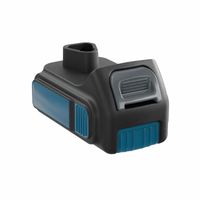
Batteries & Chargers for Outdoor Equipment
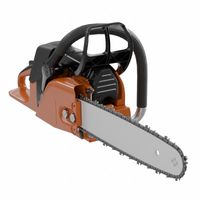
Chainsaws, Pole Saws & Log Splitters
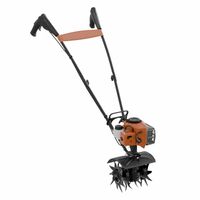
Cultivators & Tillers
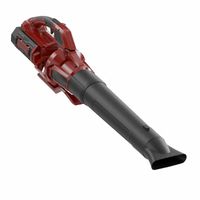
Debris & Leaf Blowers

Hedge Trimmers & Pruners

Landscaping Power Heads & Attachments
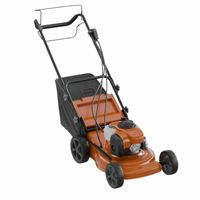
Mowers, Aerators & Power Rakes
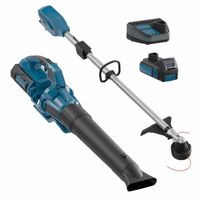
Outdoor Equipment Combination Kits
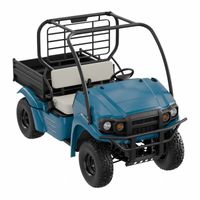
Outdoor Utility Vehicles
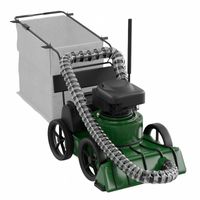
Power Brushes, Leaf & Litter Vacuums & Chipper Shredders
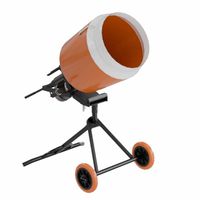
Power Concrete Mixers, Compactors & Finishing Tools

Power Earth Augers & Post Drivers
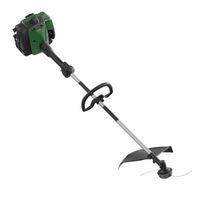
String Trimmers, Brush Cutters & Edgers
Frequently Asked Questions
What is the best brand for outdoor power equipment?
How do I maintain my outdoor power equipment?
What safety precautions should I take when using outdoor power equipment?
How do I choose the right lawn mower for my yard?
What is the difference between a string trimmer and a brush cutter?
How often should I sharpen the blades on my lawn mower?
What type of fuel is best for outdoor power equipment?
How do I winterize my outdoor power equipment?
What are the benefits of using a leaf blower over a rake?
How do I troubleshoot common problems with my chainsaw?